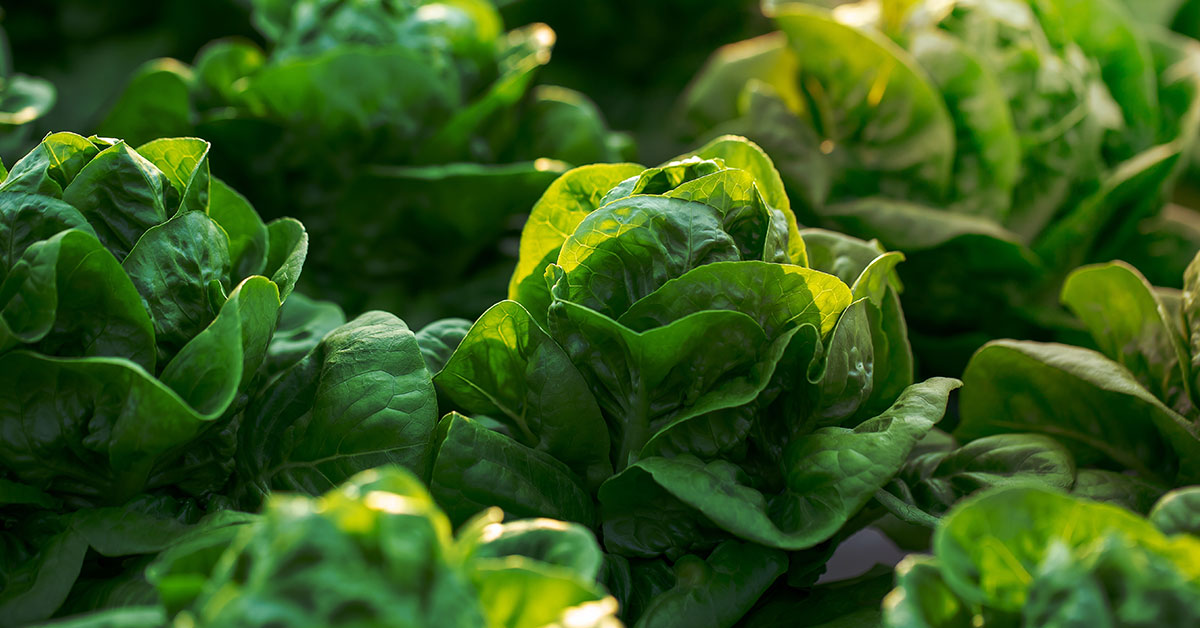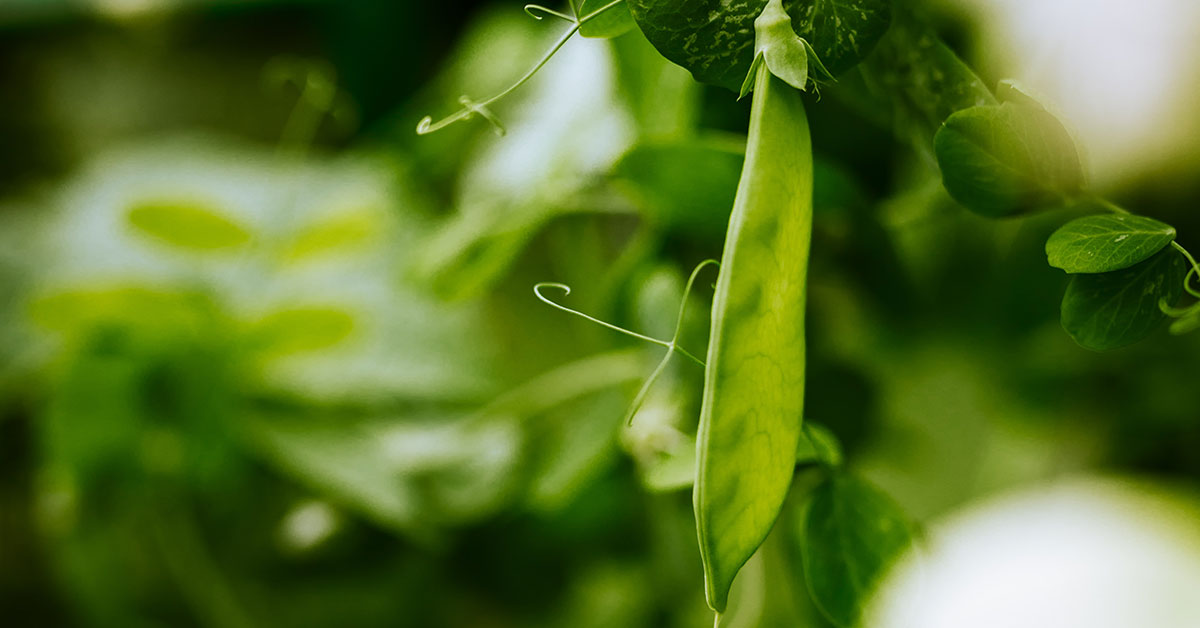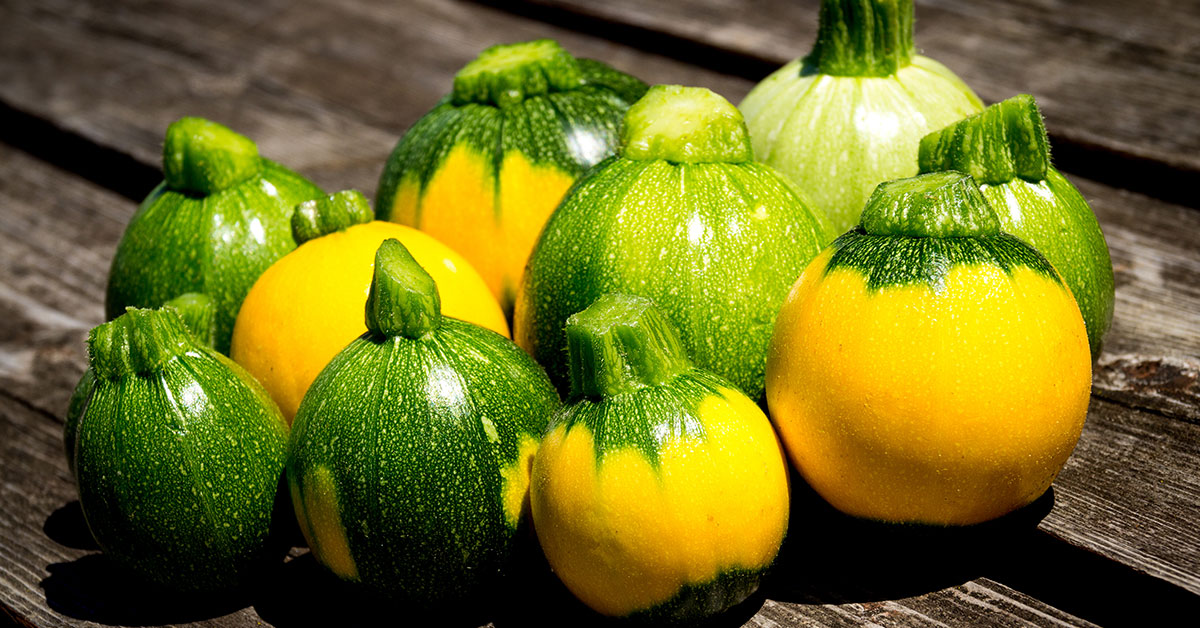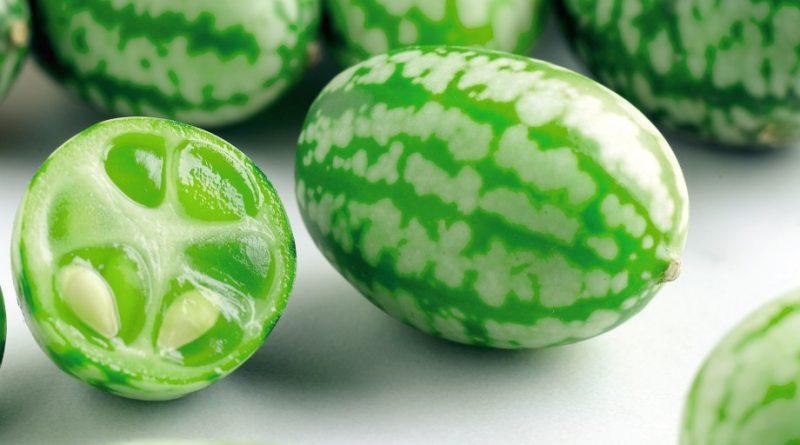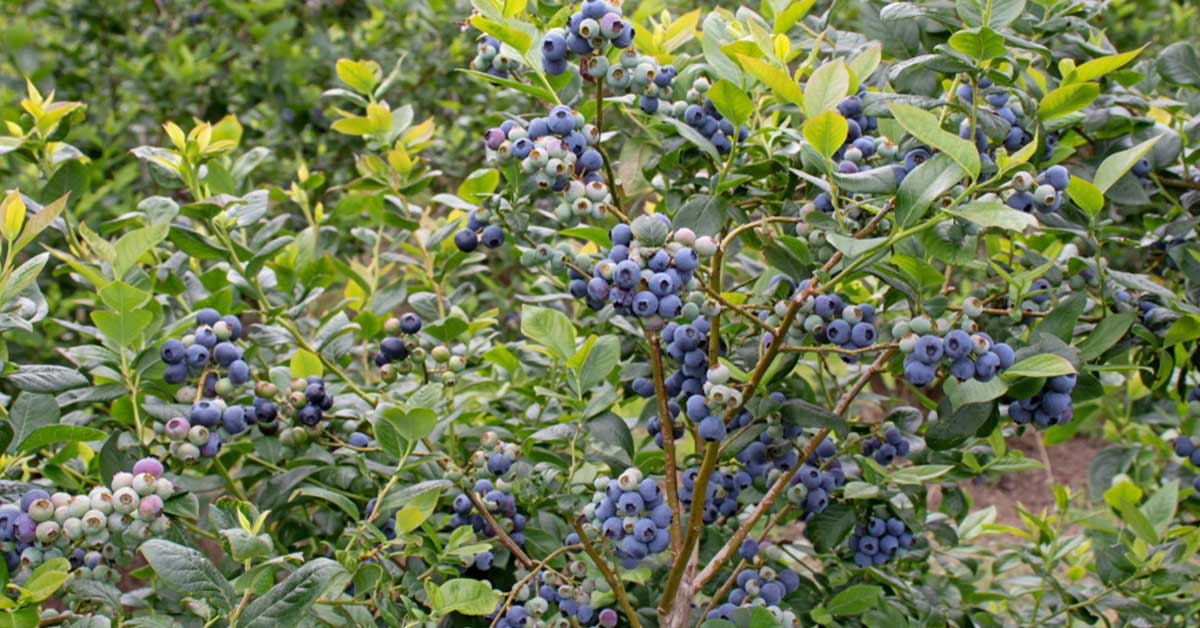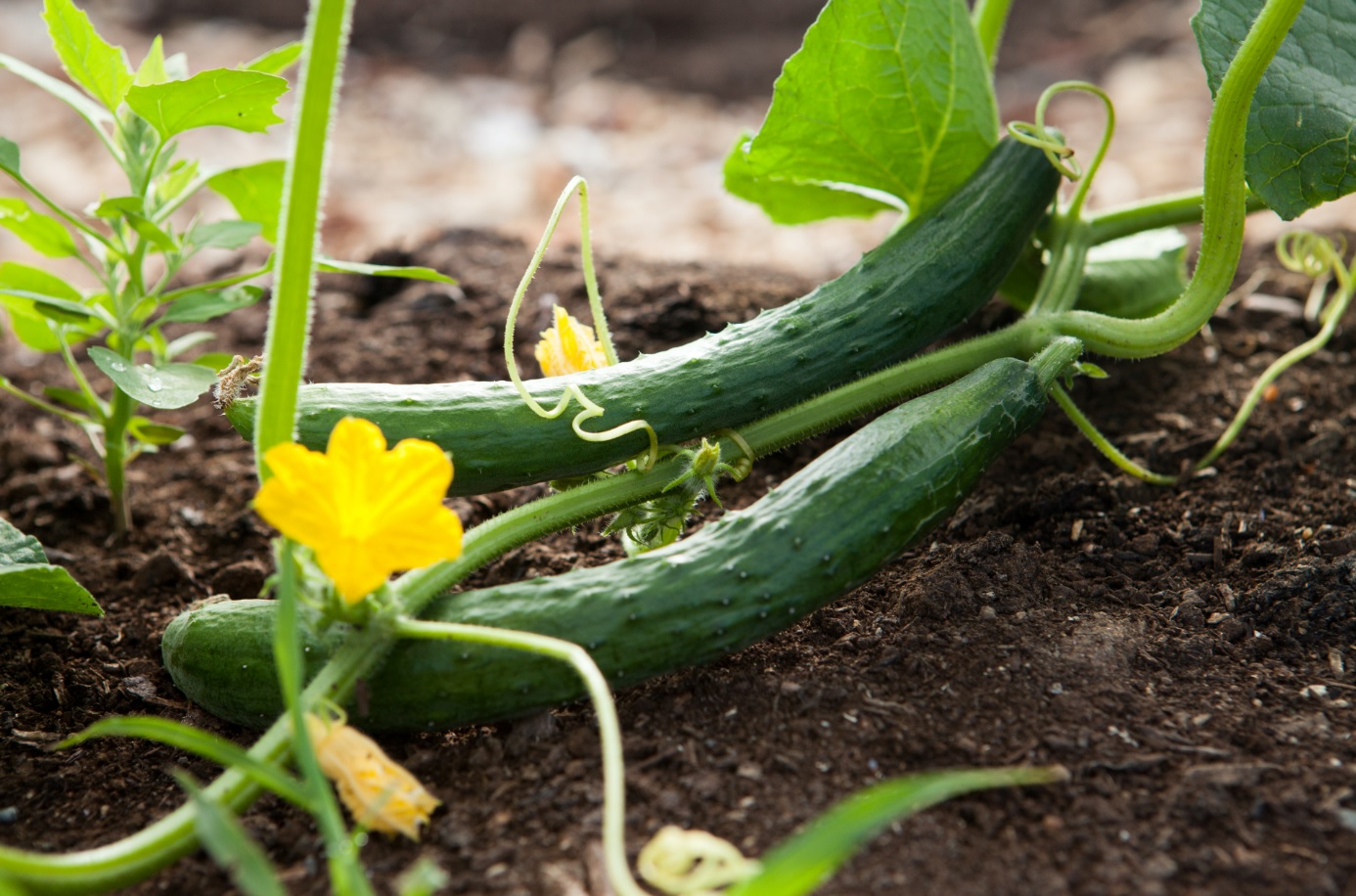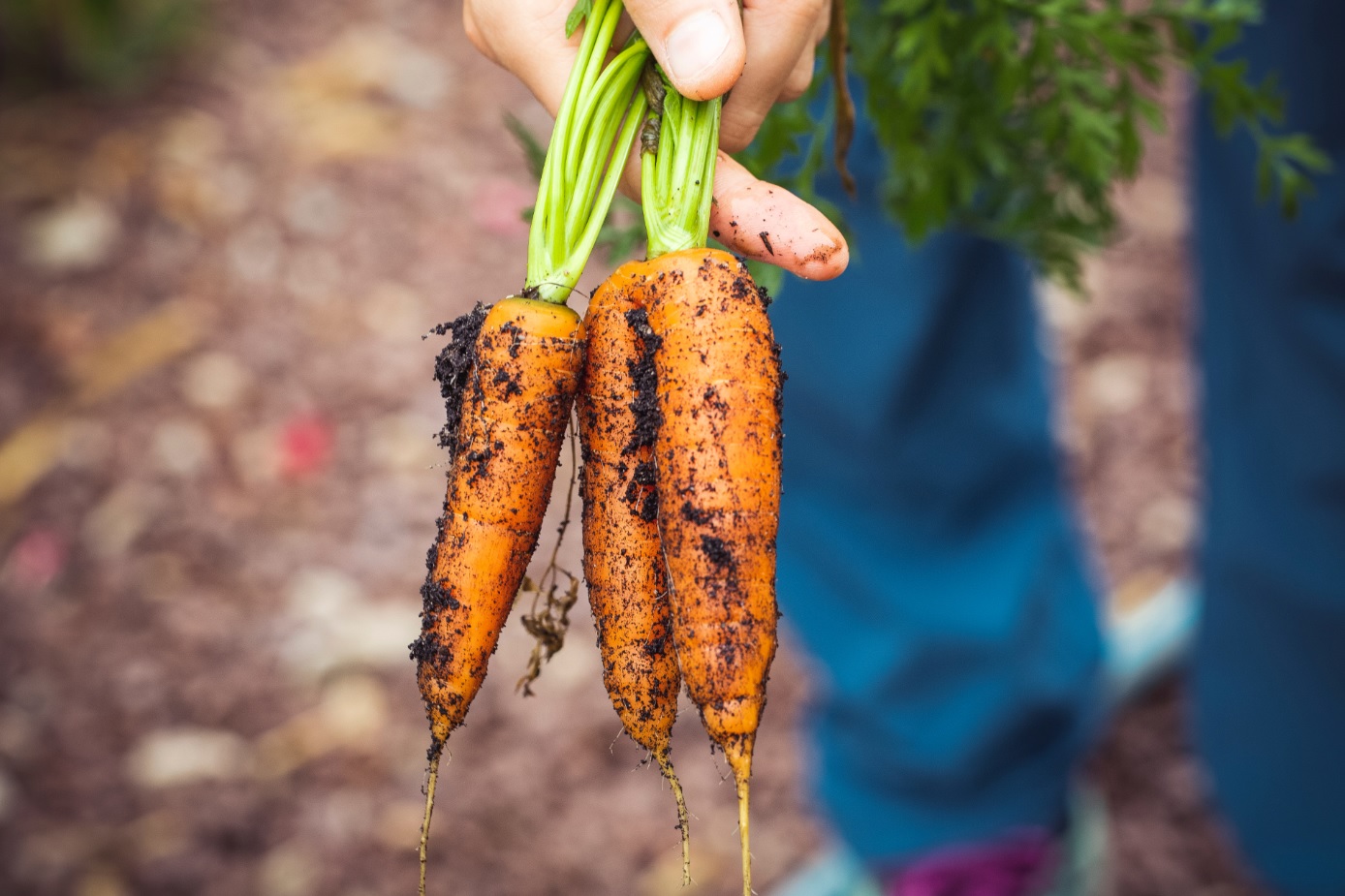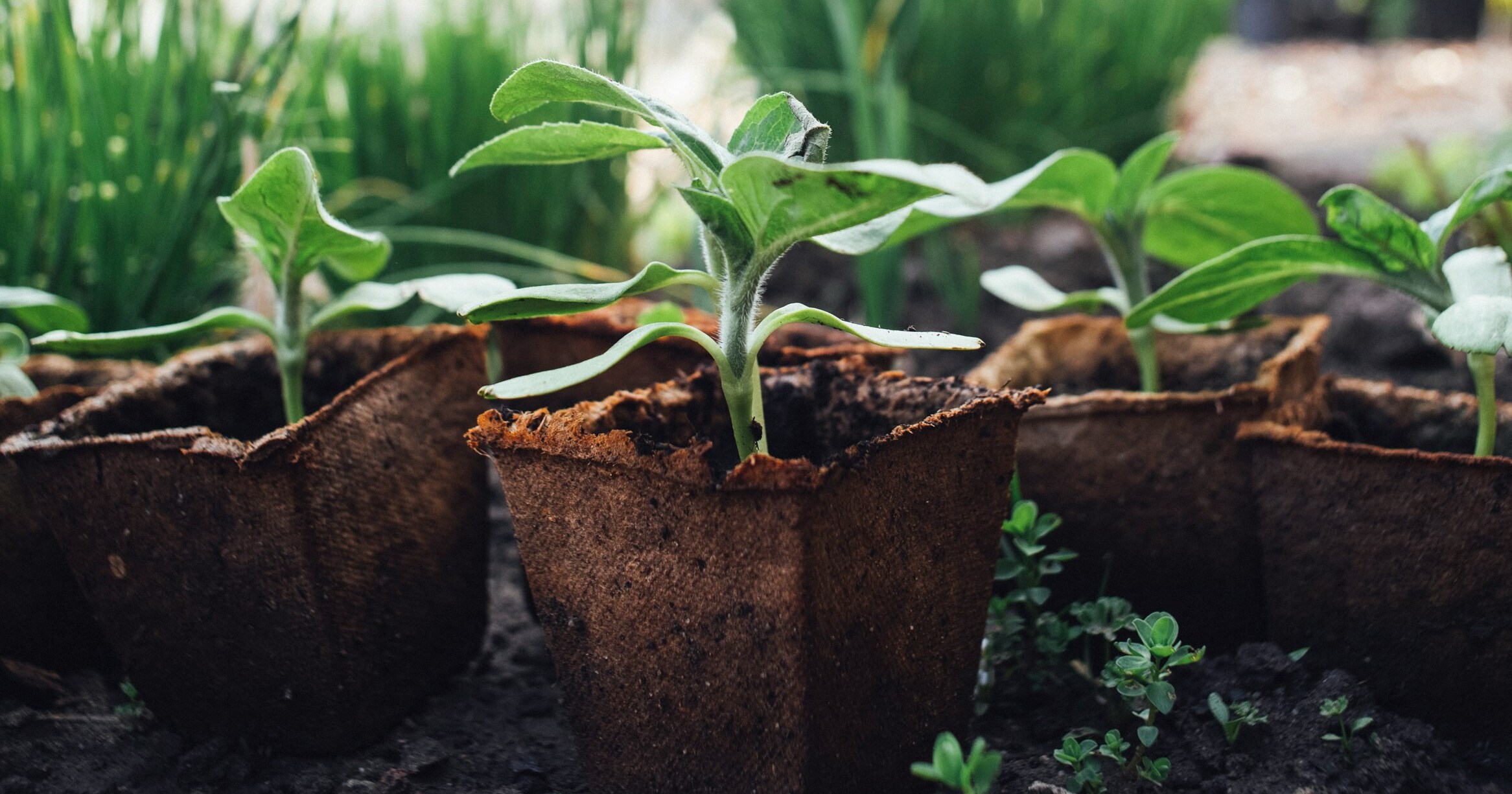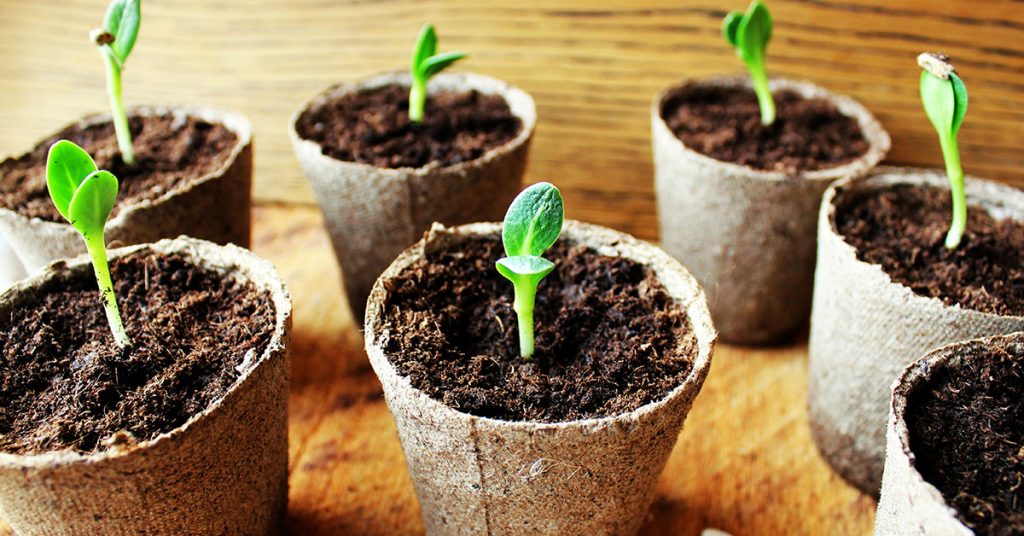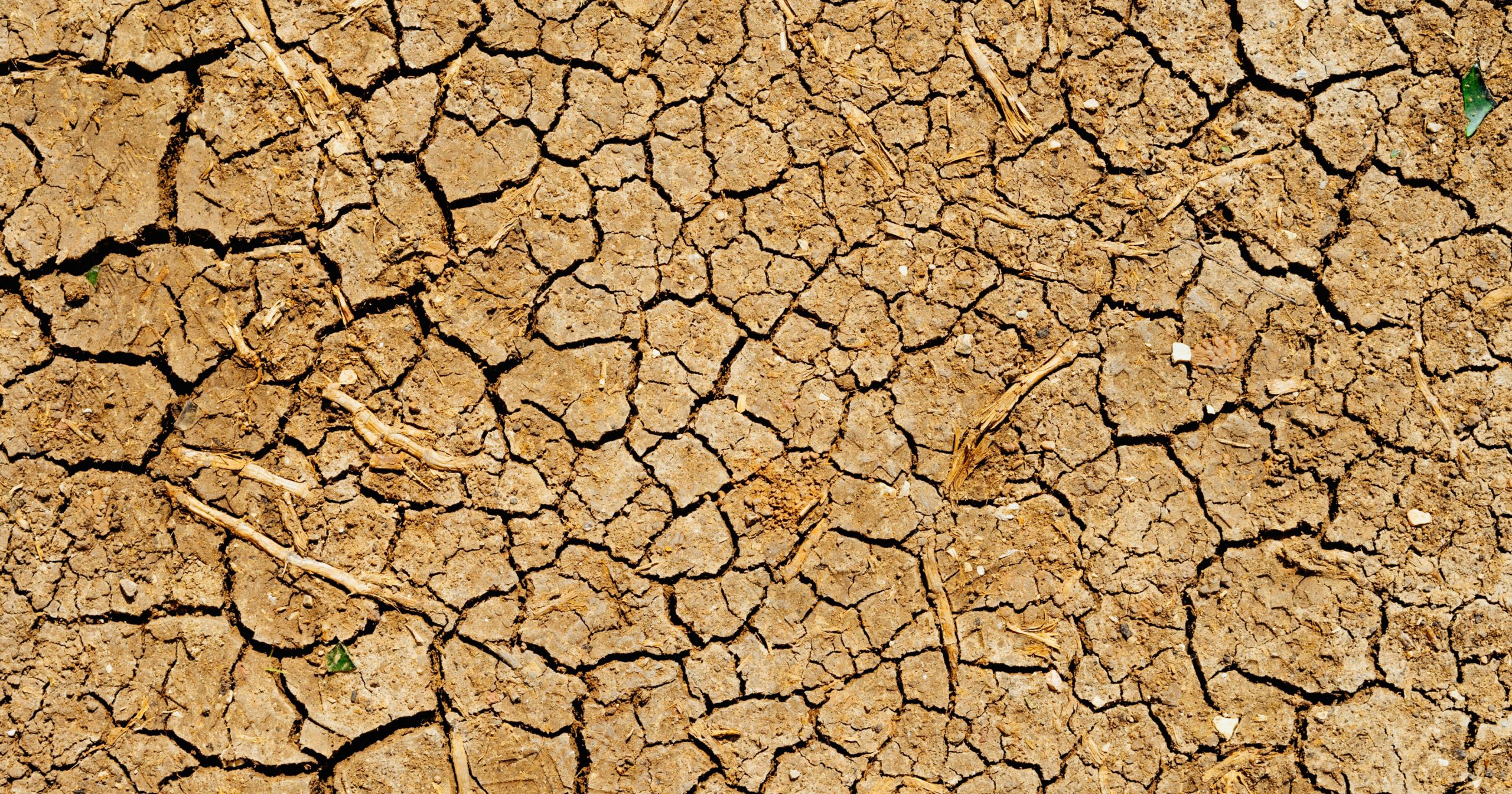Growing lettuce can be an incredibly rewarding experience, offering fresh, crisp greens for your salads and meals right from your garden. However, many gardeners encounter challenges and have questions about how to achieve the best results. Whether you’re new to gardening or looking to improve your lettuce yields, understanding the nuances of growing this leafy green can make a significant difference.
In this article, I’ll address the top ten questions about growing lettuce, providing detailed answers to help you cultivate healthy, productive plants. From planting to pest management, these expert tips will guide you through the entire growing process. Let’s dive into the wonderful world of lettuce and get your garden flourishing!
What Is the Best Time to Plant Lettuce?
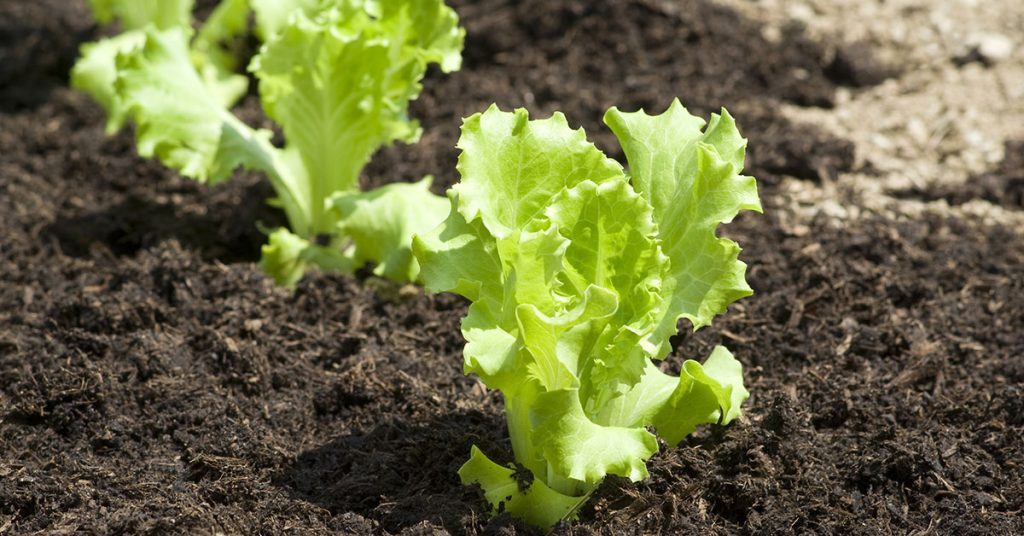
The best time to plant lettuce is during the cooler parts of the growing season. Lettuce thrives in temperatures between 60-70°F (15-21°C). For most regions, this means planting in early spring or late summer for a fall harvest. If you live in a warmer climate, consider planting lettuce in partial shade or using a shade cloth to protect it from the intense midday sun.
One of my favorite tips is to plant lettuce in succession. By sowing seeds every two weeks, you can enjoy a continuous harvest throughout the growing season. This method ensures that you always have fresh lettuce available and can make the most of your garden space. Remember, lettuce seeds germinate best in cool soil, so planting during the optimal times will yield the best results.
How Should I Prepare the Soil for Lettuce?
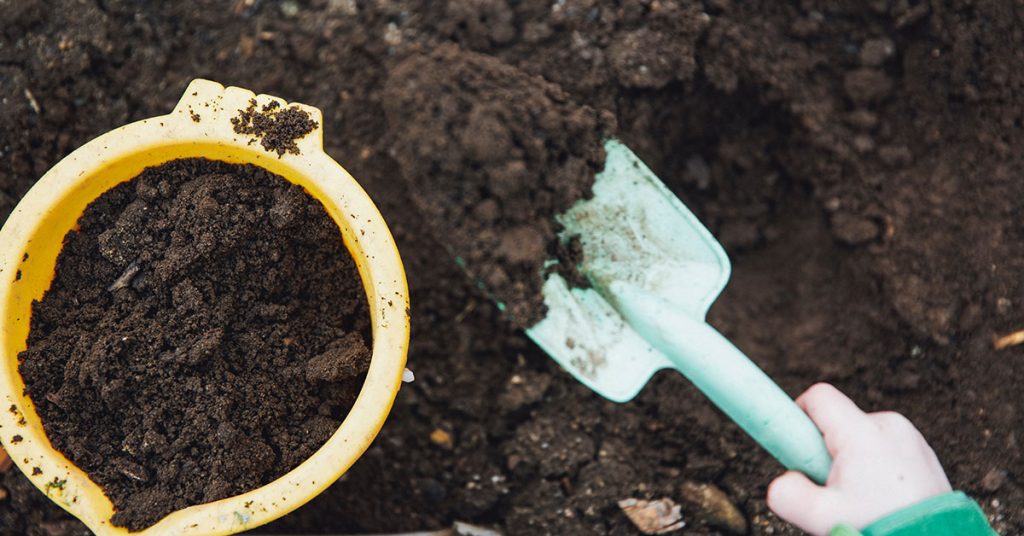
Lettuce prefers loose, well-drained soil that is rich in organic matter. Before planting, work compost or well-rotted manure into the top 6-8 inches of soil to improve fertility and structure. This organic matter helps retain moisture while providing essential nutrients for healthy growth. Lettuce also benefits from a slightly acidic to neutral pH, ideally between 6.0 and 7.0.
A good practice is to rake the soil surface smooth and remove any large clumps or debris. Lettuce seeds are tiny and require good soil contact for proper germination. Mulching with straw or shredded leaves can help keep the soil moist and cool, which is particularly beneficial during warmer months. Proper soil preparation is key to growing lush, tender lettuce.
How Often Should I Water My Lettuce?
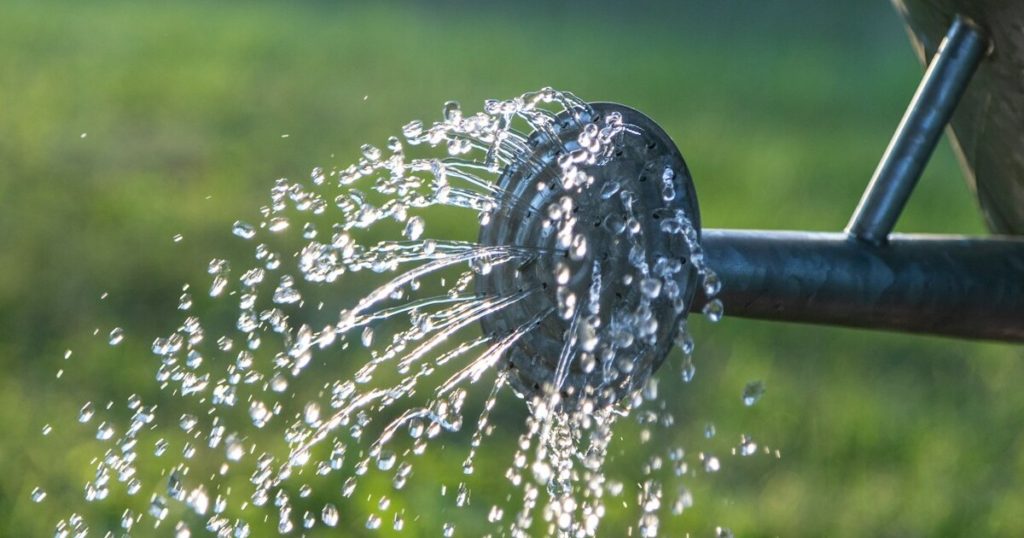
Lettuce has shallow roots and requires consistent moisture to grow well. Aim to provide about 1-1.5 inches of water per week, either from rainfall or irrigation. It’s best to water lettuce in the morning to allow the leaves to dry out during the day, which helps prevent fungal diseases. Drip irrigation or soaker hoses are excellent choices for delivering water directly to the soil without wetting the foliage.
One of the challenges with watering lettuce is maintaining even moisture without overwatering. Too much water can lead to root rot, while too little can cause the leaves to become bitter. To strike the right balance, check the soil regularly and water when the top inch feels dry to the touch. Mulching can also help retain soil moisture and reduce the frequency of watering.
What Are the Common Pests and How Do I Control Them?
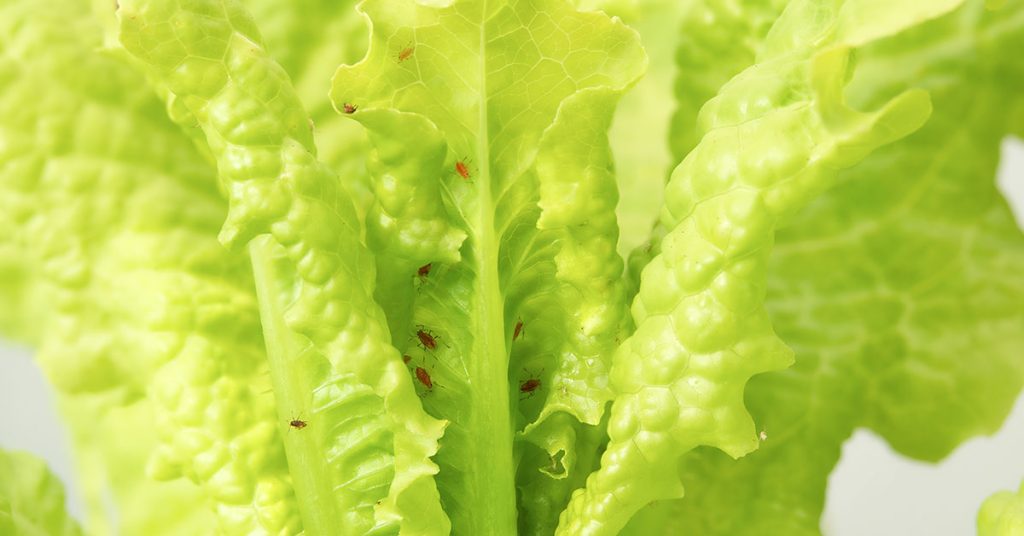
Lettuce is susceptible to several common pests, including aphids, slugs, and snails. Regularly inspect your plants for signs of pest activity, such as holes in the leaves or sticky residue. Aphids can be controlled with insecticidal soap or by introducing beneficial insects like ladybugs and lacewings. Slugs and snails can be managed with barriers, such as copper tape, or organic baits.
Another effective method is to practice crop rotation and companion planting. Growing lettuce alongside plants like onions, garlic, or marigolds can help repel pests. Keeping your garden clean and removing debris can also reduce pest habitats. By staying vigilant and using a combination of methods, you can keep your lettuce plants healthy and pest-free.
How Can I Prevent Lettuce from Bolting?
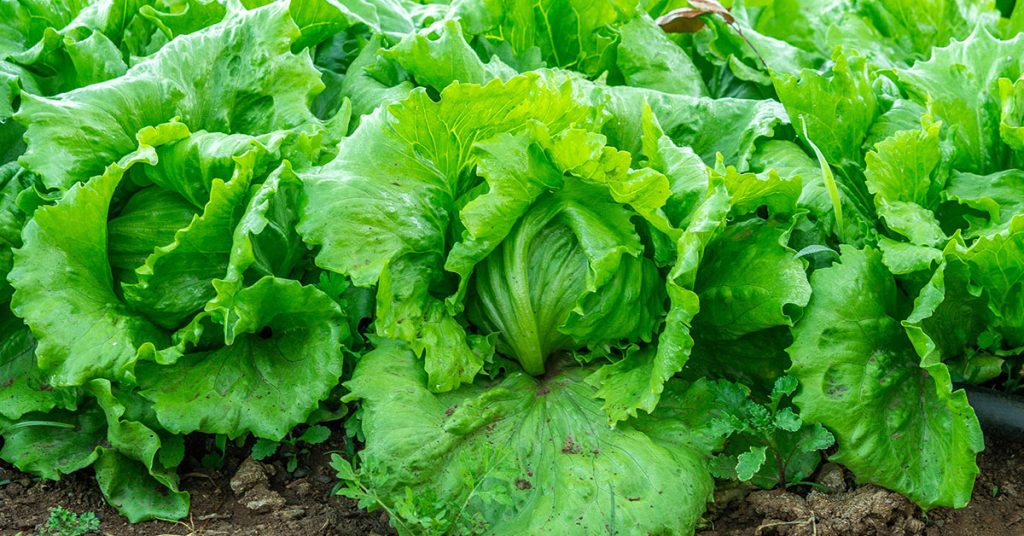
Bolting occurs when lettuce plants prematurely go to seed, usually due to high temperatures or stress. To prevent bolting, plant lettuce during the cooler parts of the year and choose bolt-resistant varieties. Providing consistent moisture and mulching can help keep the soil cool and reduce stress on the plants.
One of my favorite tricks is to provide some afternoon shade for your lettuce plants, especially as temperatures rise. This can be done with shade cloth, taller companion plants, or strategic planting locations. If you notice any signs of bolting, such as elongated stems or the appearance of flower buds, harvest the affected plants immediately to enjoy the leaves before they become bitter.
What Are the Best Varieties of Lettuce to Grow?
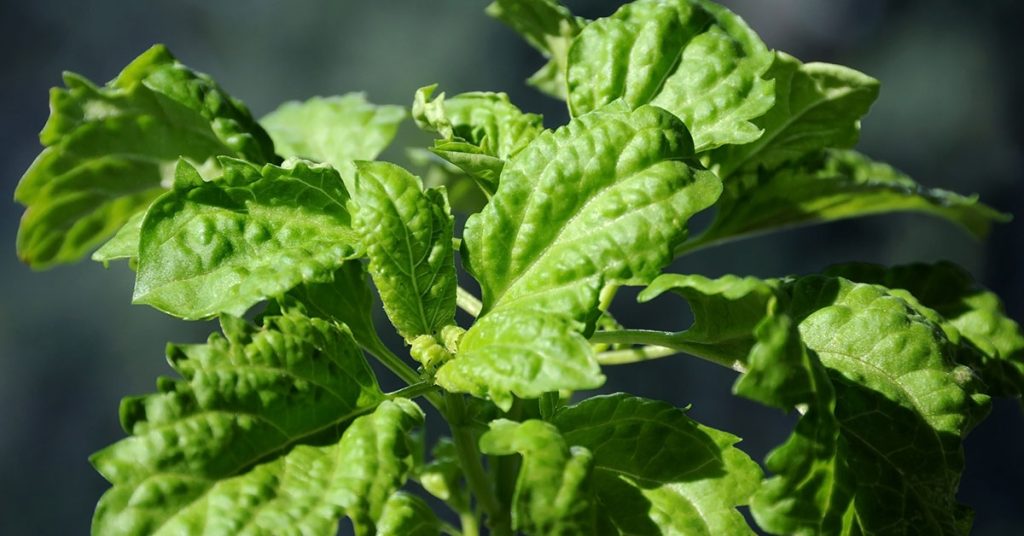
There are several types of lettuce, each with unique characteristics and growing requirements. Loose-leaf varieties, such as ‘Black Seeded Simpson’ and ‘Red Sails,’ are easy to grow and can be harvested multiple times. Butterhead varieties, like ‘Boston’ and ‘Bibb,’ offer tender, flavorful leaves. Romaine varieties, such as ‘Parris Island Cos,’ provide crisp, upright leaves perfect for salads.
Iceberg lettuce, while popular, can be more challenging to grow due to its longer growing season and susceptibility to pests. For beginners, I recommend starting with loose-leaf or butterhead varieties, which are more forgiving and productive. Experimenting with different types can add variety to your garden and meals, and you may discover new favorites.
How Do I Harvest Lettuce for the Best Quality?

Harvesting lettuce at the right time ensures the best flavor and texture. For loose-leaf varieties, you can start harvesting individual leaves when they reach 3-4 inches in length. This method, known as “cut-and-come-again,” allows the plant to continue producing new leaves. For head varieties, wait until the heads are firm and fully formed before cutting them at the base.
I find it best to harvest lettuce in the morning when the leaves are crisp and full of moisture. Use clean, sharp scissors or a knife to avoid damaging the plant. After harvesting, rinse the leaves in cool water and dry them thoroughly before storing. Proper harvesting techniques help maintain the quality of your lettuce and encourage continued growth.
How Can I Grow Lettuce Indoors or in Containers?
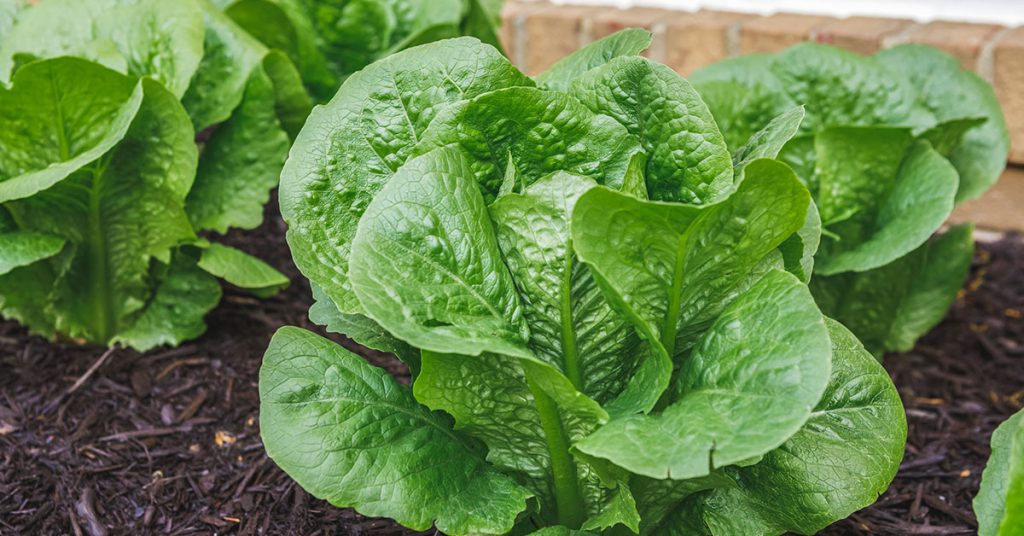
Lettuce is well-suited for indoor or container gardening due to its shallow root system and compact growth habit. Choose a container with good drainage and fill it with a high-quality potting mix. Sow the seeds thinly on the surface and cover them lightly with soil. Place the container in a location that receives at least 6 hours of sunlight daily or use grow lights to supplement natural light.
One of the advantages of growing lettuce in containers is the ability to move the plants to more favorable conditions as needed. Keep the soil consistently moist, and fertilize with a balanced liquid fertilizer every 2-3 weeks. Container-grown lettuce can provide a steady supply of fresh greens right at your fingertips, making it a great option for urban gardeners or those with limited space.
How Do I Improve Soil Health for Growing Lettuce?
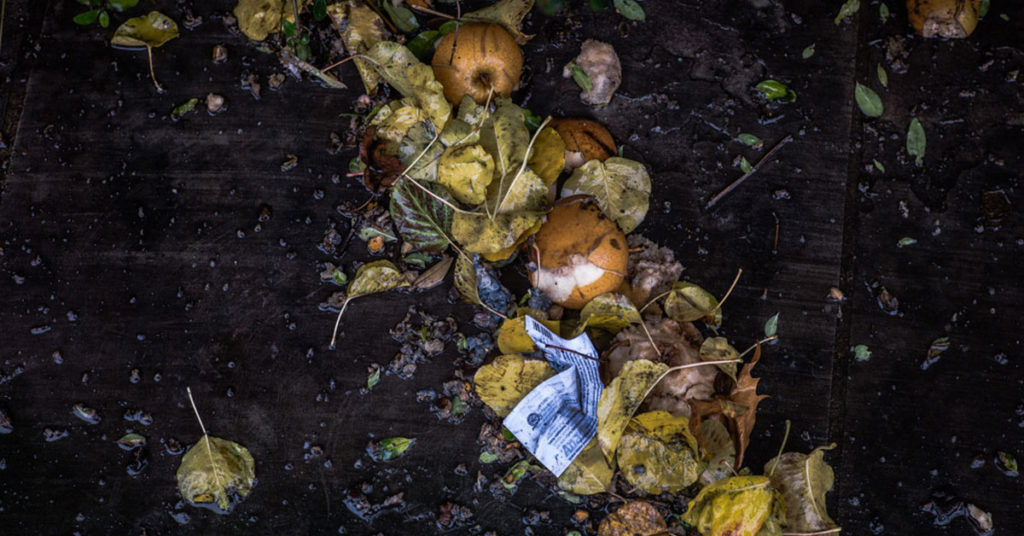
Healthy soil is the foundation for growing robust lettuce plants. Incorporating organic matter, such as compost or well-rotted manure, improves soil structure, fertility, and moisture retention. Regularly adding organic matter also promotes beneficial microbial activity, which helps break down nutrients and make them available to the plants.
Conducting a soil test can provide valuable insights into your soil’s nutrient levels and pH. Lettuce prefers a slightly acidic to neutral pH, between 6.0 and 7.0. Based on the test results, you can amend the soil with lime or sulfur to adjust the pH and add specific nutrients as needed. Rotating crops and avoiding planting lettuce in the same spot each year can also help maintain soil health and prevent disease buildup.
What Are the Benefits of Growing Lettuce?
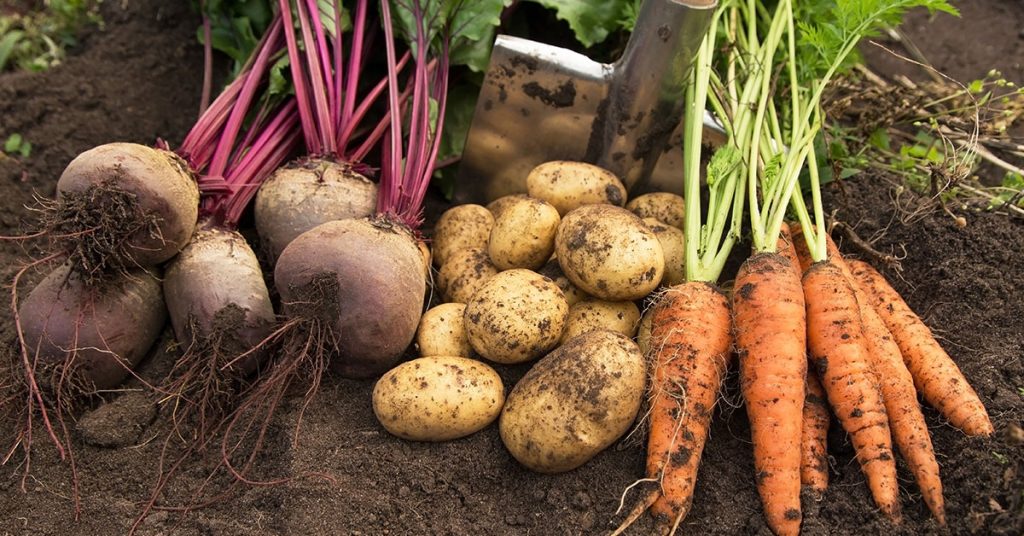
Growing lettuce offers numerous benefits beyond the obvious delight of fresh, homegrown greens. Lettuce is a fast-growing crop, allowing for quick harvests and a sense of accomplishment for gardeners of all levels. It’s also incredibly versatile in the kitchen, perfect for salads, sandwiches, wraps, and garnishes.
Moreover, lettuce is packed with nutrients, including vitamins A, C, and K, as well as folate and fiber. Growing your own lettuce ensures that you have access to high-quality, pesticide-free greens. It’s also a great way to engage children in gardening and teach them about where their food comes from. With so many varieties and growing methods to explore, lettuce is a rewarding and valuable addition to any garden.
With these expert answers to the top questions about growing lettuce, you’ll be well-equipped to cultivate a successful and productive lettuce garden. Remember, each step in the growing process, from soil preparation to harvesting, plays a vital role in ensuring a bountiful yield.
